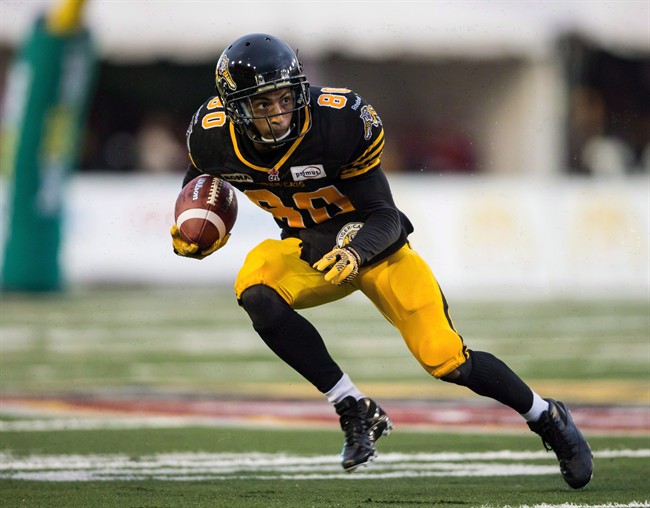In the first piece of this series, we talked about what field position is worth in Canadian football (specifically CIS). By looking at every meaningful possession in Canada West games from 2007-12 we are able to determine the number of points a team can expect to score based on where their drive starts.

Taking possession at our own 35-yard line has an expected value of 0.92 points per drive. If we start a drive at the opponent’s 35, on average we will score 3.3 points. Unsurprisingly the data shows the closer to our opponent’s end zone we start a drive, the more points we can expect to score.
Knowing the expected value of field position can help coaches and players make decisions that are unique to the Canadian game — and the Canadian university game. One such decision comes after an opponent’s field goal: Should we take the ball at our 35 or make them kick off?
From 2006-12 I counted more than 1,300 “regular” kickoffs from the 45 yard line — ignoring onside kicks, moon-shots and kickoffs not from the 45 because of penalty. The average starting field position we get after fielding a “regular” kickoff was our team’s 30-yard line.
However, the decision is not a simple as “We could just take the ball at the 35. That’s five yards farther ahead. Let’s just take it.” There are advantages to fielding the kick.
From 2006-12 six of these kickoffs were returned for touchdowns. Based on that, having the chance to return a kick is worth 0.03 points. Having a opponent with a weak kicker would be another advantage.
One disadvantage to returning a kick would be that, on average, we’re conceding field position to the opponent on their next drive. The five-yard difference (considering that they don’t get that five yards every time) costs us 0.16 points.
So when we compare the decisions, we find:
| AFTER CONCEDING A FIELD GOAL | |
| Take at the 35 | 0.92 pts |
| Return a kickoff | 0.81 pts |
Canada West teams return an average of 30 of these kickoffs a year. Over the course of the season taking the ball at the 35 would mean 3.3 points. It’s not earth-shaking (since teams have averaged 209 points a season) but it’s something to consider.
While we’re talking about kickoffs, let’s look at the free kick after our opponent concedes a safety. This decision requires much less math.
The average field position achieved after receiving a free kick is our own 42-yard line. In a vacuum, this is a lot better than the other two options:
| AFTER OPPONENTS CONCEDE A SAFETY | |
| Return a free kick (avg. 42 YL) | 1.55 pts |
| Take at your 35 | 0.92 pts |
| Kickoff from your 35 | -0.99 pts* |
*Estimate based on value of kickoff from 45
(Only 17 per cent of the time do teams electing to return a free kick fail to get the ball to the 35 yard line.)
As you well know, time remaining and the score will be factors as well. In a late-game situation a coach might want to take the ball (even if he has a great returner) to preserve a few seconds. In other instances, taking the ball will eliminate the chance of an onside kick. And in talking with former Bisons offensive co-ordinator Jeff Stead, he mentioned there are late-game situations where he would choose to kick off.
One thing I have to stress is that the numbers represent an average situation. In these cases:
- Average wind conditions
- Average field conditions
- Average kicker/cover team
- Average returner/return team
- Average offence/defence
When it comes to having given up a field goal, the math shows us that taking the ball at the 35 is a superior decision by just over a tenth of a point. Now we need coaches to determine “How does this situation compare to the average?”
If you’re the Manitoba Bisons and you have a two-time All-Canadian back deep, that increases the value in returning a kick. If your opponents are kicking with the wind, we presume that decreases the value of a return. How, and how much, it affects the situation is up to you.
NEXT: Conceding singles
How do you decide when to receive a kick and when to take the ball? How does the score and time remaining affect your decisions? Do you try to create “momentum” with a kickoff return? Your comments are very helpful in my ongoing research. Please comment below or contact me directly at derek.taylor@globalnews.ca



Comments